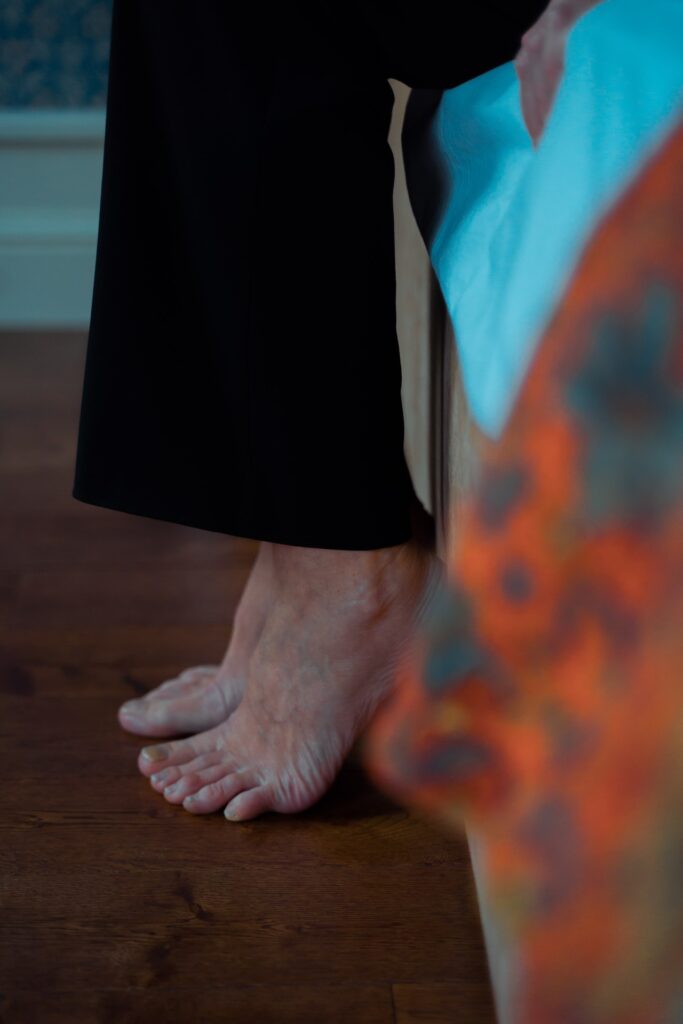Bedsores can develop when you’re bedridden, immobile, or unconscious. The elderly are usually more susceptible to bedsores due to less activity, loss of mobility, or sometimes even elder abuse. According to Chicago personal injury lawyer, Dave Abels, proper care to avoid bedsores demands that those residents who have limited mobility receive consistent monitoring of these pressure points. Their bodies need to be moved regularly to shift their weight. If the caretakers are negligent and do not provide adequate care, then bedsores may develop. Seek legal help if you believe you or someone you know has fallen victim to nursing home abuse where bedsores occurred.
Now, onto the rest of the article.
Causes of Bedsores
Bedsores develop when pressure against the skin limits the skin’s blood supply. Limited movement can also make the skin susceptible to damage, leading to the development of bedsores. Here are the three main factors that cause bedsores:
Pressure
Constant pressure on parts of the body lessens blood supply to tissues. Blood flow helps deliver oxygen, glucose, and other vital nutrients to tissues. Without the nutrients, nearby tissues and skin can be damaged.
If you’ve limited mobility, pressure ulcers can occur in parts that aren’t padded well with fat or muscle. Also, areas above bones like the tailbone, spine, elbows, shoulder blades, hips, and heels can experience the pressure.
Friction
You can experience friction when your skin rubs against bedding or clothing. It makes fragile skin prone to injury, mostly when the skin is moist.
Shear
The pressure from two surfaces moving in opposite directions causes bedsores. For instance, when you elevate the bed at the head, you’ll slide down. While the tailbone slides down, the skin above the tailbone can stay put and pull in the opposite direction.
Risk Factors of Bedsores
You’re likely to develop bedsores if you’ve difficulty moving or changing positions when in bed or seated. Here are some of the risk factors:
Immobility
Immobility can be due to spinal cord injuries, poor health, and other conditions.
Poor Nutrition
Your body needs adequate fluids, proteins, calories, minerals, and vitamins in your daily diet to maintain healthy skin. You’ll also prevent the breakdown of tissues.
Incontinence
Your skin can become more vulnerable to bedsores due to prolonged exposure to stool and urine.
Loss of Sensory Perception
Conditions like neurological disorders and spinal cord injury can cause sensation loss. When you can’t feel pain, you’re unaware of bedsores’ warning signs. Also, you may not change position regularly.
Medical Conditions That Affect Blood Flow
Medical conditions like vascular disease and diabetes may increase the chances of tissue damage.
Complications
The complications of bedsores can be life-threatening. They include:
Cellulitis
Cellulitis refers to a skin infection that affects soft tissues. The condition causes redness, swelling, and warmth in the affected tissue. If you have nerve damage, you may not feel the pain in the affected area.
Cancer
Nonhealing, long-term wounds can cause squamous cell carcinoma cancer.
Bones and Joints Infections
A bedsore infection can develop in bones and joints. The joint conditions can damage tissue and cartilage, while bone infections reduce the functioning of limbs and joints.
Sepsis
A pressure ulcer can develop into sepsis, though it rarely occurs.
You can get compensation if you’re suffering from bedsore complications due to nurses’ negligence. You might need a lawyer to help you with the claim. A simple online search for attorneys in your location will direct you to a list of reputable lawyers near you.
Pressure, shear, and friction cause bedsores. The factors that can make you vulnerable include immobility, poor nutrition, and incontinence. Seek legal advice if you’re experiencing bedsore complications due to nurses’ negligence.

